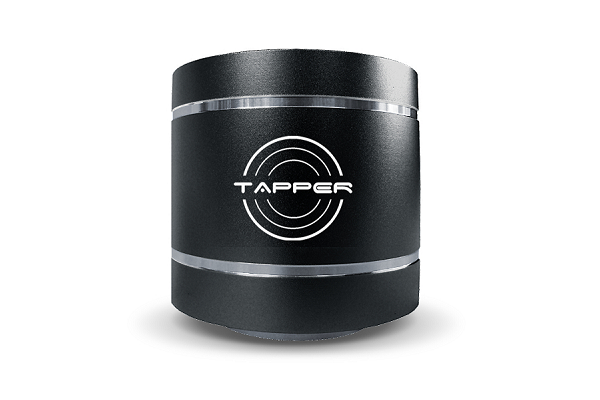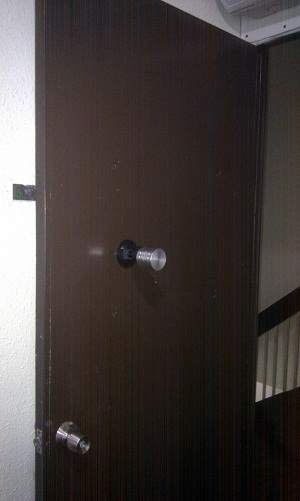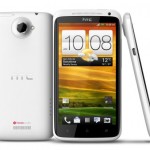
If you’ve never heard a vibration speaker (or more accurately a vibration transducer) in action, it can be quite amazing.
The TAPPER tube is a relatively small product that can fit into the palm of your hand — it measures just 5.5cm by 5.5cm — but the sound it creates is deep-throated and loud for a small 5 Watt device.
The secret? It uses the surface that it is attached to as a sound speaker.
It can produce the same type of sound that you hear from normal diaphragm speakers, but depending on the type of surface, the sound can feel fuller and richer.
Flat rigid surfaces like wood (especially wood), metal plastics and glass will work, but loose surfaces like gravel and sand will not.
Whilst the technology has been around and used in the military for years (e.g. flight simulators), then used for invisible sound installations, it has not been used mainstream as a portable device until in recent years.
Price point is probably an issue, but it has reached a stage where its low enough to be commercially viable.
The TAPPER tube, available in five colours — black, silver, blue, pink and green — retails at S$65, which is very comparable to normal portable speakers out there.
It has a built-in MP3 player, a micro-SD slot for storage, a FM tuner, and an IR remote control. It uses USB for power, and has an in-built rechargeable battery. It also comes with a suction wall-mount that makes mounting on any flat surface easy.
I have to admit, when I first heard the TAPPER tube, it was my first time hearing a vibration transducer and I was quite amazed at the sound it produced. When I placed it on wooden doors and tables, the TAPPER produces a rich, full sound.
Definitely an interesting gadget for geeks out there, although having to find the right surface to find the right acoustics can be a downer.

Coolness: Using your door as a sound speaker!
Commercializing the product
TAPPER is the brand created by two Singaporean product engineers, who quit their day jobs to market and resell this product in Singapore.
Said Simon Wai, who’s one of the co-founders of the company: “We saw the device in China last year, and we decided to bring it to the Singapore market.” The form factor and work were all done by April 2012, and the device has been ready for sales since middle of this year.
Simon is still looking for channel partners. Currently it only retails at two Newstead stores — the Serangoon NEX branch and the Jurong Point branch. It will also be available at the upcoming COMEX show (30th August to 2nd September) at the Newstead booth.
Beyond consumer applications, vibration transducers have other commercial business installations. For example, it could be used for glass storefronts.
It can be placed discretely on the inside of the glass panel, but passerbys can hear it on the other side of the glass pane (as the whole glass vibrates and is used as a speaker).
TAPPER is not the only such product on the market, and there are other competitors like Feonic Singapore. However, Simon is pretty sure TAPPER is one of the first consumer devices in Singapore with such a form factor and price point.
How do vibration transducers work?
Whilst air transmits sound, solids and liquids can also transmit sound.
This HowStuffWorks article explains it more detail, but basically the vibration transducer creates vibrations on the solid surface, which displaces air molecules and we hear it as sound.







This is similiar to the Mighty Dwarf Speaker sold at Amazon, Ebay, etc. However, it is a Spore make product with an extra feature of FM Radio, I will consider one even I own the Dwarf.
Thanks for all the feedback.
Maybe I’m suaku, but I’ve never seen this type of speaker before, so I thought it was pretty cool. Now friends (a shoutout to David Cheng from HWM) tell me the tech is not really new, and devices like this can be seen in China and Taiwan for a comparative price point.
However, it does seems this type of speaker technology is getting more commonplace, and perhaps we’ll see more of this in Singapore.